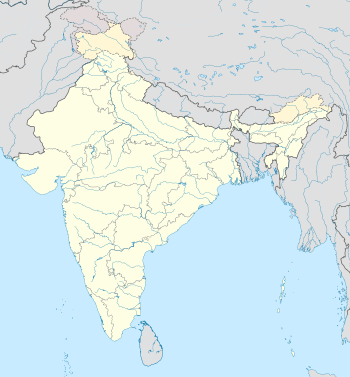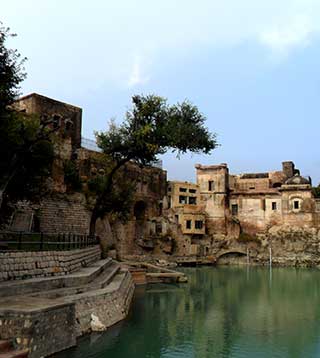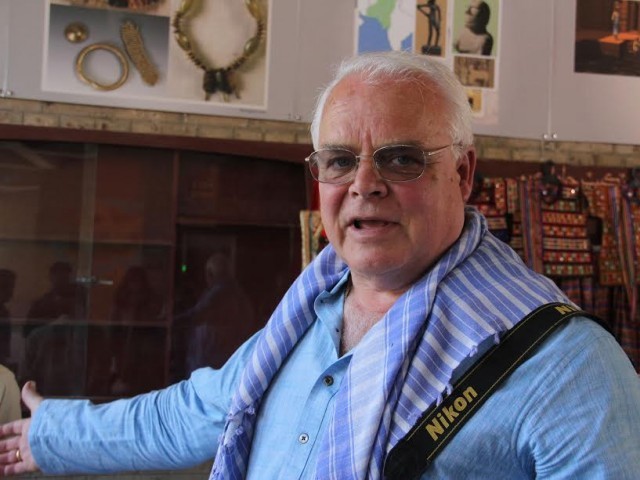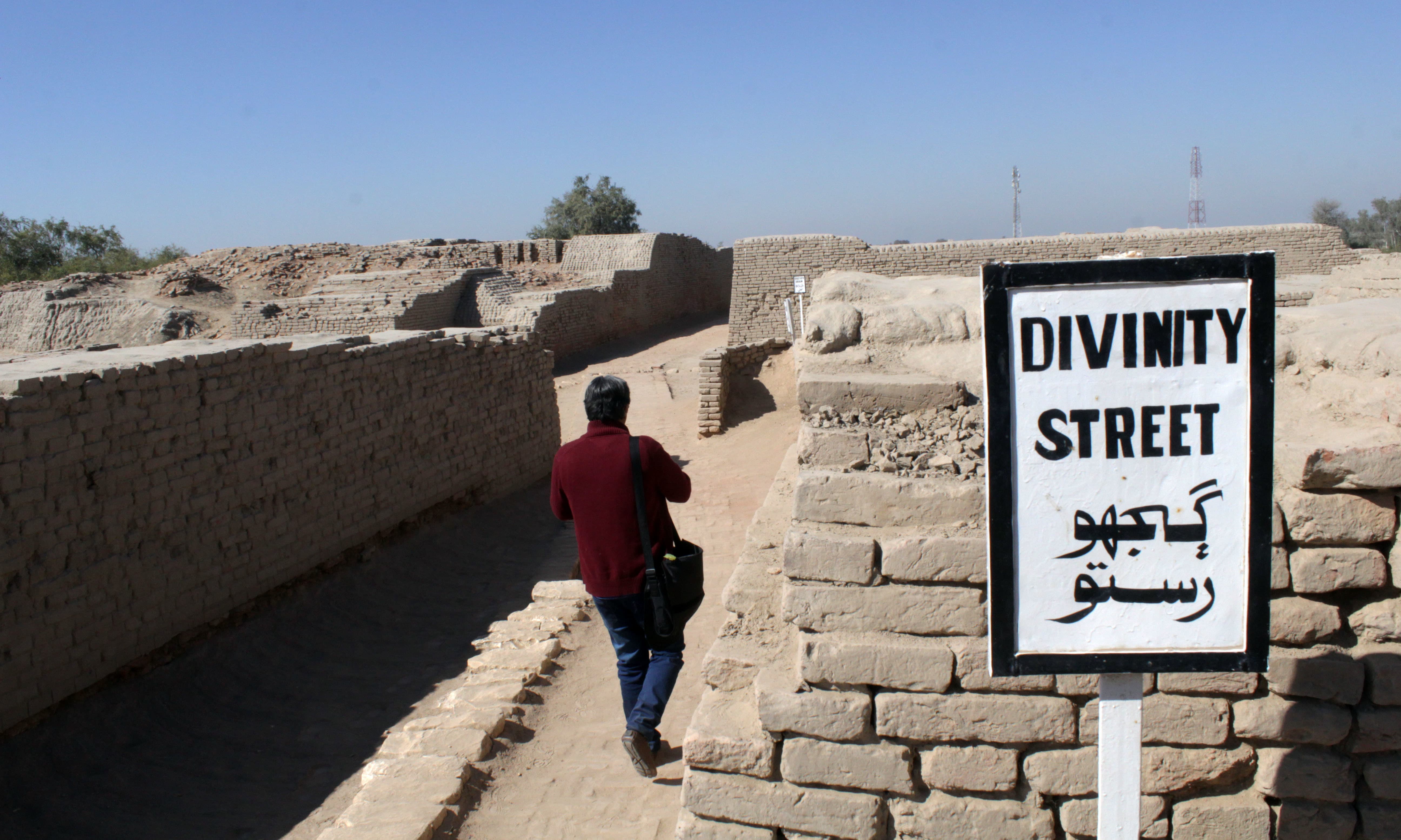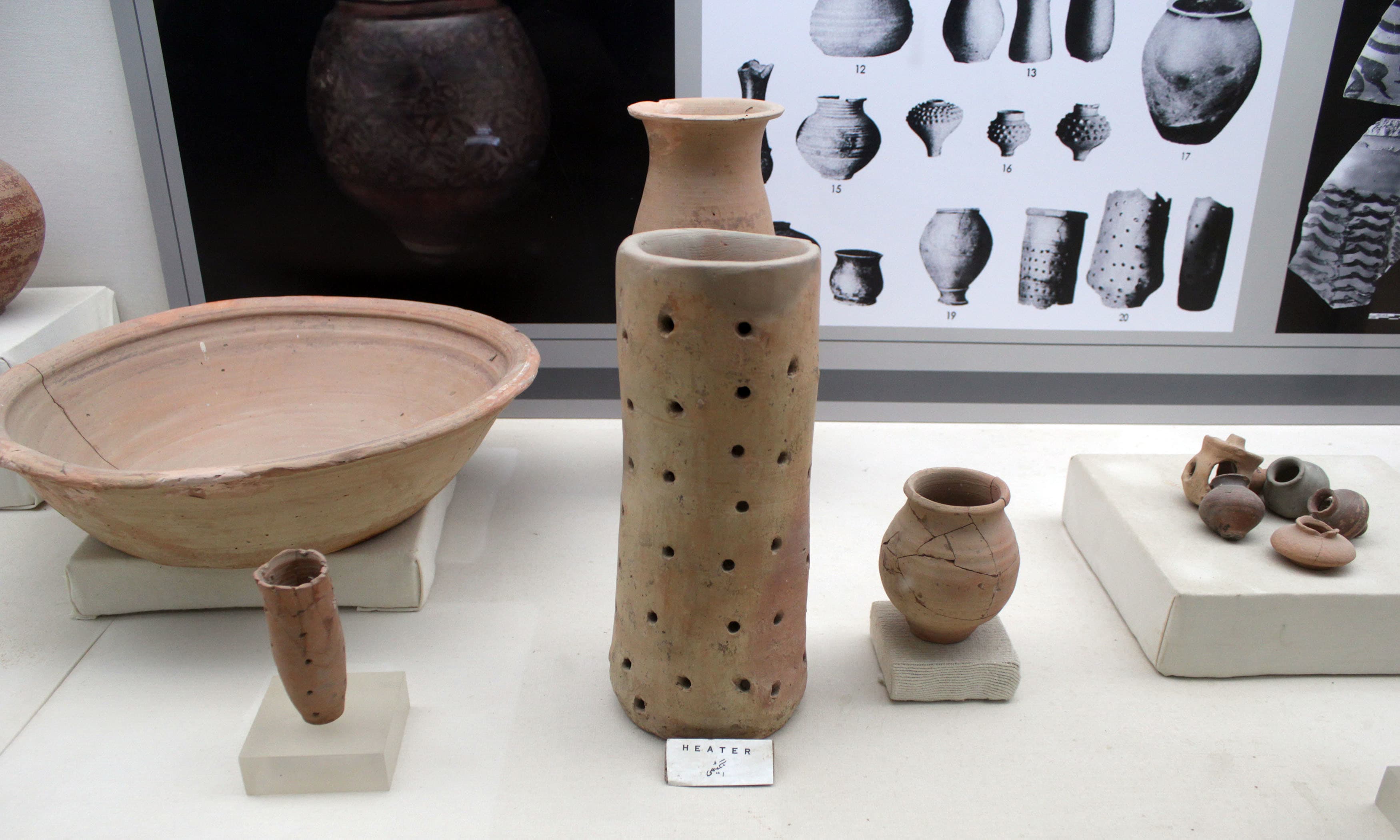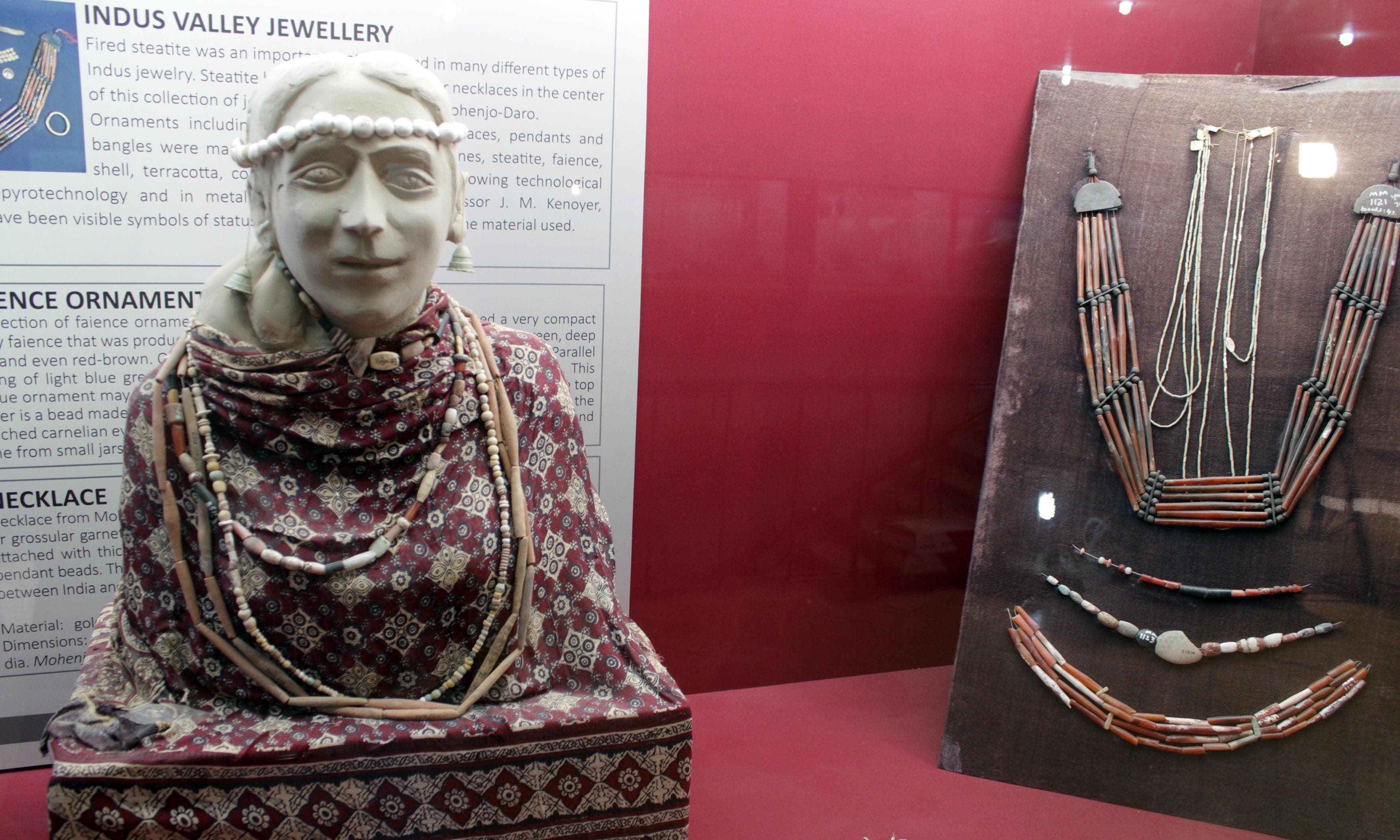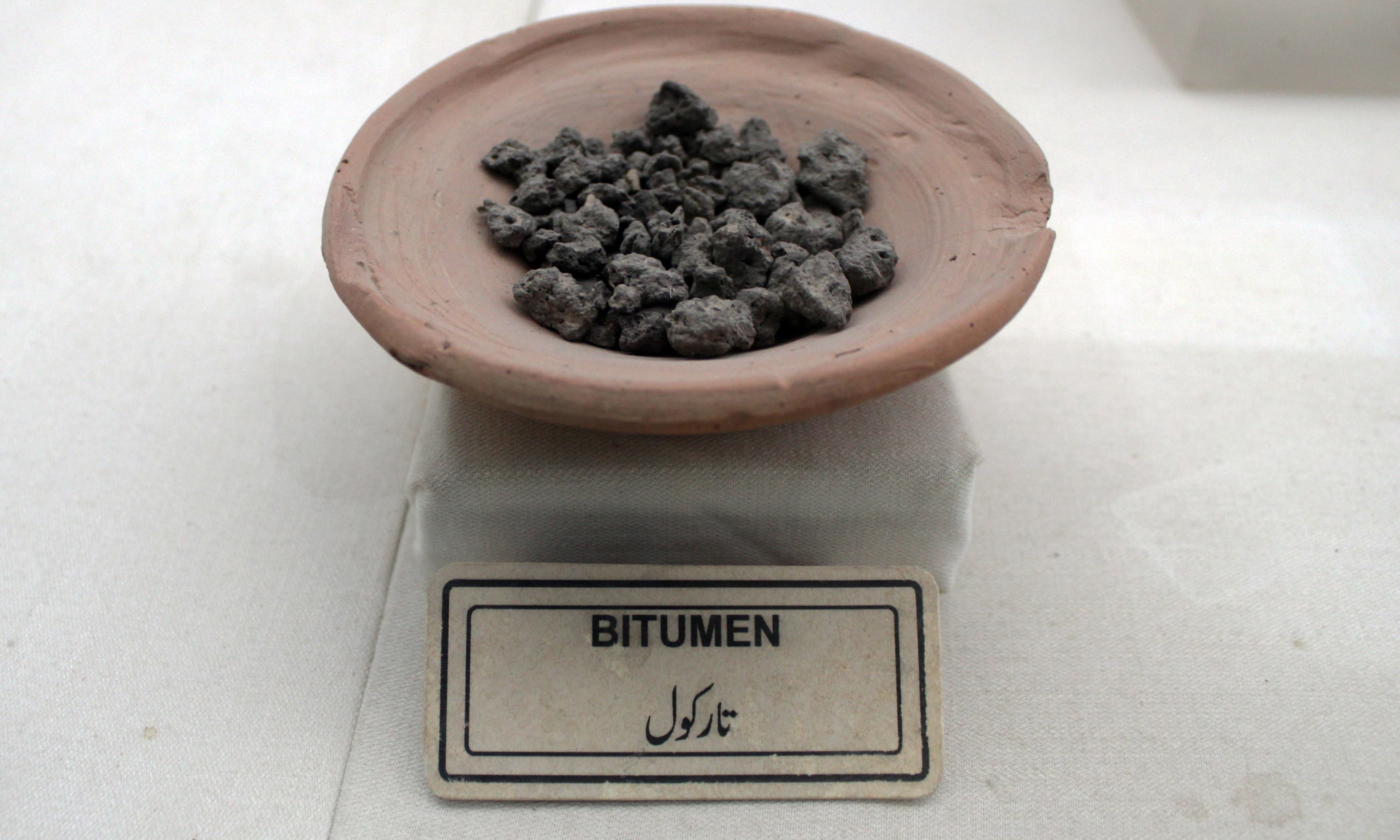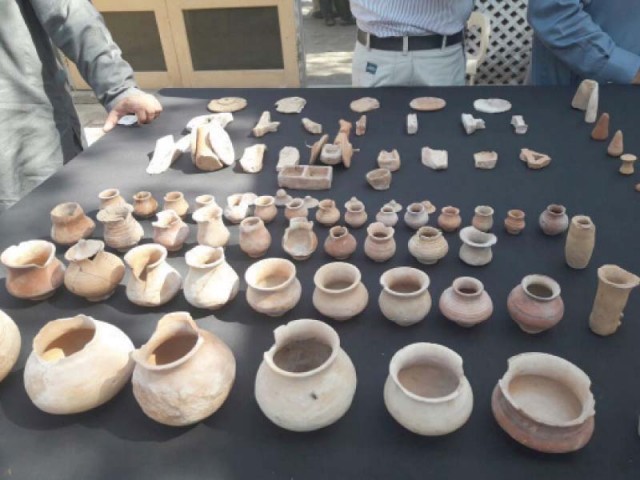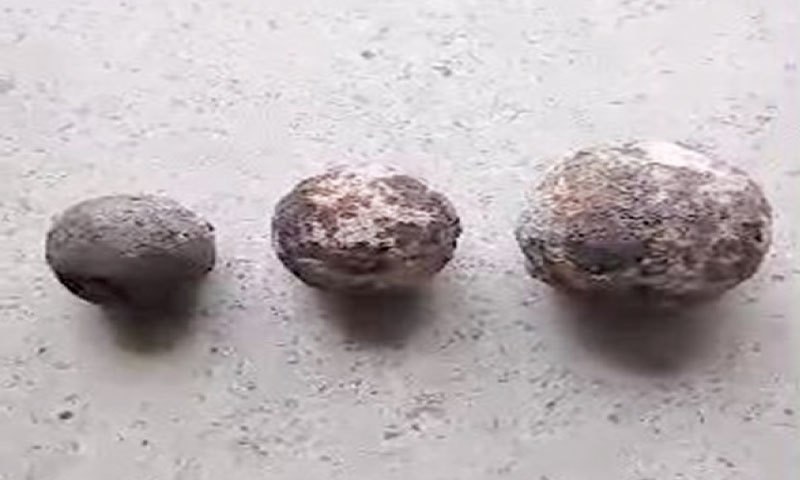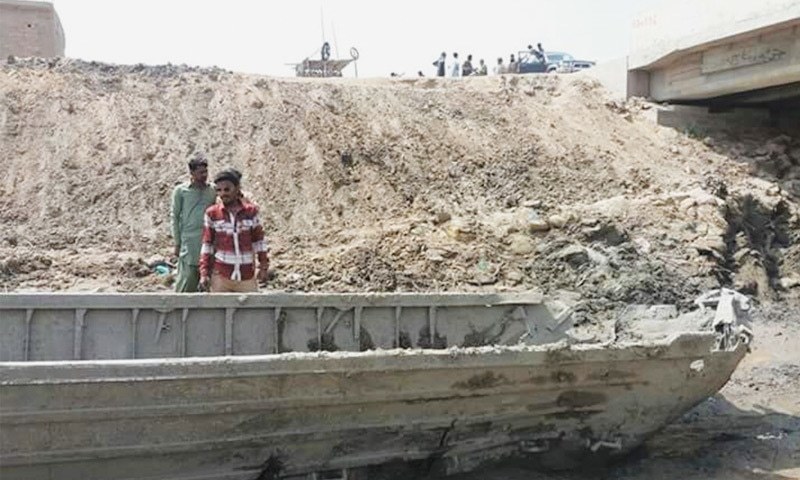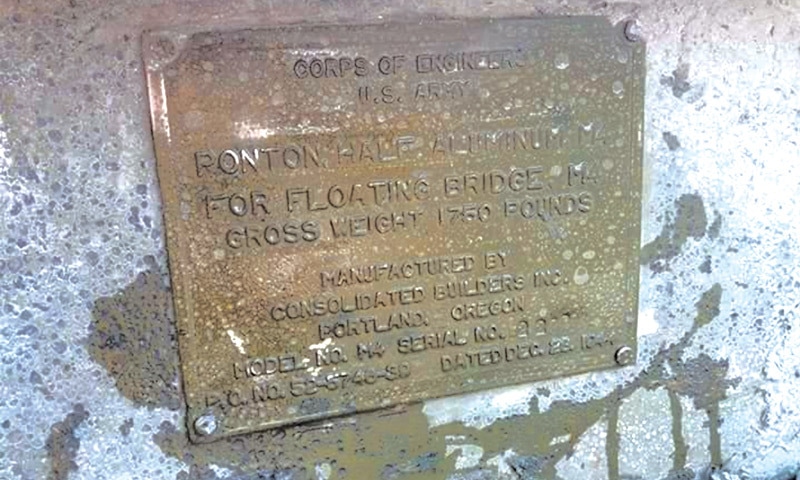Kambojaric
MODERATOR

- Joined
- Apr 6, 2010
- Messages
- 5,474
- Reaction score
- 16
- Country
- Location
Dadahara Fort: Archaeologists urge govt to protect newly-found castle
MINGORA:
Cultural activists and archaeologists in Swat urged the government to protect the recently discovered Dadahara Fort built in the 9th Century, located in the mountain of Dadahara in Brikot tehsil.
The activists and archaeologists, while talking to The Express Tribune, said that the discovered castle is part of a chain of castles in Swat built during the Hindu-Greek period.
Amjad Ali, a local archaeology expert said, “This castle has been built by the Hindu-Greeks and covers a large area, but unfortunately a lack of attention and illegal excavators have destroyed the ancient castle.” He added that the height of the castle allowed a soldier to guard the entire lower Swat.
“We can not only see parts of lower Swat but Malakand Pass, Thana area, parts of Dir and Bunir districts are also visible from this castle,” Ali said while pointing at these faraway areas.

Moen Jo Daro excavation: ‘Site undergoing maintenance to attract archaeologists’
Anwar Anjum, a cultural activist who was one of the visitors, said, “The architects of the Hindu-Greek period were skillful.” He added, “The site around the castle is a rough terrain and architects must have faced difficulties when they constructed it centuries ago.”
He also said this castle had a strategic importance as, after the fall of Hindu-Greeks this castle was used as strategic post the later Muslim dynasties of Ghaurids and Ghaznavids.
Referring to the current dilapidated condition of the historical site Anjum lamented, “Some parts of the boundary-wall and few bastions of the castle can be seen, while the rest of the castle has been ruined by the locals and illegal excavators.”
He said it is the responsibility of the local administration to take the castle into their custody and protect it from illegal excavators.
Tajdar Alam, a local resident of Barikot, said the locals were unaware about the historical importance of the castle and demolished parts of the castle because the believed that it belonged to Kafirs (Infidels).
Alam added that there were dozens of hollow bastions were erected to support the castle but unfortunately, only four are intact and the rest have been raised to the ground by illegal excavators and smugglers. He said that the smugglers and illegal excavators believed that the hollow bastions were full of precious items.
Archaeologists in Swat said that there had been six major castles and close thirty watch towers built for the purpose of fortification of Swat, Dir and Bunir during the Hindu-Greek period.
They believe that most of these fortifications were built on high land alongside the Swat River. They built these to monitor activities across the empire which is currently spread across Swat, Dir and Bunir districts.
http://tribune.com.pk/story/1293355...logists-urge-govt-protect-newly-found-castle/
MINGORA:
Cultural activists and archaeologists in Swat urged the government to protect the recently discovered Dadahara Fort built in the 9th Century, located in the mountain of Dadahara in Brikot tehsil.
The activists and archaeologists, while talking to The Express Tribune, said that the discovered castle is part of a chain of castles in Swat built during the Hindu-Greek period.
Amjad Ali, a local archaeology expert said, “This castle has been built by the Hindu-Greeks and covers a large area, but unfortunately a lack of attention and illegal excavators have destroyed the ancient castle.” He added that the height of the castle allowed a soldier to guard the entire lower Swat.
“We can not only see parts of lower Swat but Malakand Pass, Thana area, parts of Dir and Bunir districts are also visible from this castle,” Ali said while pointing at these faraway areas.

Moen Jo Daro excavation: ‘Site undergoing maintenance to attract archaeologists’
Anwar Anjum, a cultural activist who was one of the visitors, said, “The architects of the Hindu-Greek period were skillful.” He added, “The site around the castle is a rough terrain and architects must have faced difficulties when they constructed it centuries ago.”
He also said this castle had a strategic importance as, after the fall of Hindu-Greeks this castle was used as strategic post the later Muslim dynasties of Ghaurids and Ghaznavids.
Referring to the current dilapidated condition of the historical site Anjum lamented, “Some parts of the boundary-wall and few bastions of the castle can be seen, while the rest of the castle has been ruined by the locals and illegal excavators.”
He said it is the responsibility of the local administration to take the castle into their custody and protect it from illegal excavators.
Tajdar Alam, a local resident of Barikot, said the locals were unaware about the historical importance of the castle and demolished parts of the castle because the believed that it belonged to Kafirs (Infidels).
Alam added that there were dozens of hollow bastions were erected to support the castle but unfortunately, only four are intact and the rest have been raised to the ground by illegal excavators and smugglers. He said that the smugglers and illegal excavators believed that the hollow bastions were full of precious items.
Archaeologists in Swat said that there had been six major castles and close thirty watch towers built for the purpose of fortification of Swat, Dir and Bunir during the Hindu-Greek period.
They believe that most of these fortifications were built on high land alongside the Swat River. They built these to monitor activities across the empire which is currently spread across Swat, Dir and Bunir districts.
http://tribune.com.pk/story/1293355...logists-urge-govt-protect-newly-found-castle/




